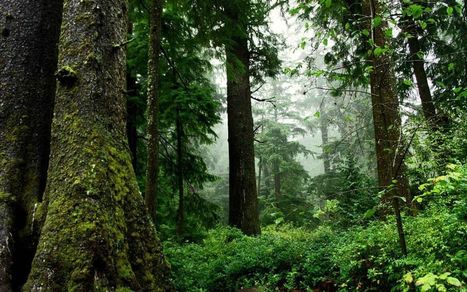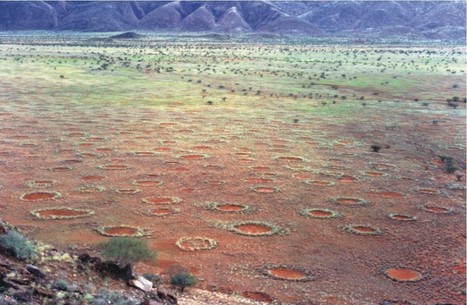"Have you ever walked through an evergreen forest in the rain? There is a hush all around. The forest floor is spongy and soft beneath your feet, and the layers and textures all around you create a coziness, a feeling of being protected. As you take a deep breath of fresh, clean air, you know it’s raining big drops up above, but all you feel is a cool mist floating down through the canopy.
You can find expansive sections of this forest all around Puget Sound. For many people, it is a mental and spiritual health reservoir, a place that helps us reconnect and remember that we are nature. But it is also an ecosystem services powerhouse. It stores carbon, cleans the air and water, regulates temperatures, and provides shelter and food for critters big and small."
Research and publish the best content.
Get Started for FREE
Sign up with Facebook Sign up with X
I don't have a Facebook or a X account
Already have an account: Login
 Your new post is loading... Your new post is loading...
 Your new post is loading... Your new post is loading...
|
|











